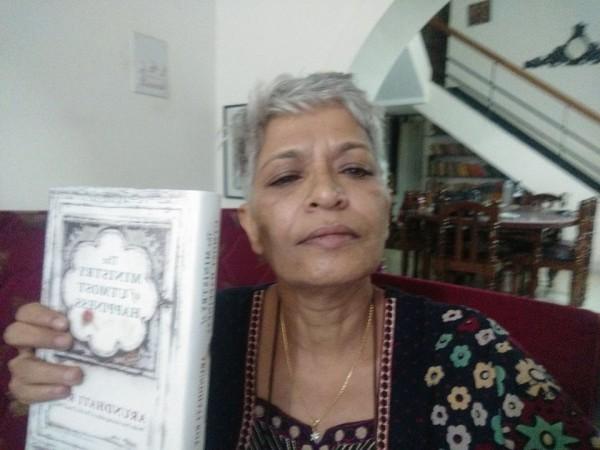When journalist Gauri Lankesh was shot dead at her home in Bengaluru on September 5, 2017, authorities, as well as politicians, promised a rapid probe into the murder. However, even four months after the gory incident that shook the nation little has been done to take the murderers to task.
It has now been revealed that the investigation has faced a roadblock due to a dispute between the three forensic labs that were asked to analyse the case, reported Hindustan Times. Thanks to this dispute, the labs are yet to compare the cartridges recovered from the scene of the murder, with those recovered from the murder scenes of other noted personalities such as Kannada scholar MM Kalburgi, rationalist Narendra Dabholkar and communist leader Govind Pansare.
The forensic science labs in Ahmedabad, Mumbai and Bengaluru were brought on board to analyse the case and study and compare the cartridges, but the investigation hasn't really moved forward. Investigators had recovered cartridges from the scenes of the murder of Kalburgi, Dabholkar and Pansare and it was suspected that Lankesh was shot dead by the same gang.
However, the labs haven't been able to compare these cartridges as this evidence are yet to be handed over and studied. "The Bengaluru FSL has photographs of the cartridges found from the scene of the murder of Kalburgi, but we need the actual cartridge to conduct a 360-degree analysis because only that will be permissible as evidence," HT quoted an officer as saying.
The Special Investigation Team working on the case hasn't been able to crack it even though Karnataka Home Minister Ramalinga Reddy had, in October, said that the team had got "vital clues" on the murder. "We have got clues, but we cannot tell things to the media for now because we should have correct evidence for the clues we have got," Outlook India quoted Reddy as saying.

"If there are no proper evidence when we file a charge sheet at the court, it won't stand. So we are trying to collect the evidence correctly... Our SIT is working towards gathering evidence."
The SIT too had earlier said that it had gotten the facial profile of the attacker with the help of the CCTV footage and the description given by the eyewitnesses and the clues were credible enough to help the cops look for the attacker.
The footage, which gave vital clues to the facial profile of the attacker, showed a middle-aged man most likely between the age of 34 and 38 with a lean frame. He was said to be riding the Bajaj Pulsar on which the attackers had fled after shooting the scribe. He was reportedly dressed in a formal full sleeves shirt and wore a band on his right wrist. An identity card can also be seen on him, India Today had reported.
Even though he was wearing a helmet, it did not have a visor due to which the police reportedly could figure out the profile of his face.
Later, five key suspects of the murder were also named and they were all linked to Sanatan Sanstha, a right-wing organisation based in Goa. However, all the five were said to be missing. The key suspects were Praveen Limkar, 34, Jayaprakash alias Anna, 45, Sarang Akolkar, 38, Rudra Patil, 37, and Vinay Pawar, 32, reported the Indian Express, and four of them have Interpol red-corner notices against them.
Akolkar, Patil, and Pawar had earlier also been pulled up during a CBI investigations into the murder of rationalists Narendra Dabholkar and Govind Pansare, and also when Kannada scholar and researcher M M Kalburgi was shot dead in 2015.
Before that, rowdy-sheeter Kunigal Giri had visited the CID headquarters explaining that he was willing to be questioned in the case as his name had cropped up in the matter. Giri reportedly came with his parents and said the police could question him if it would help the case. However, he was turned away by the cops who explained that they did not need to interrogate him.














